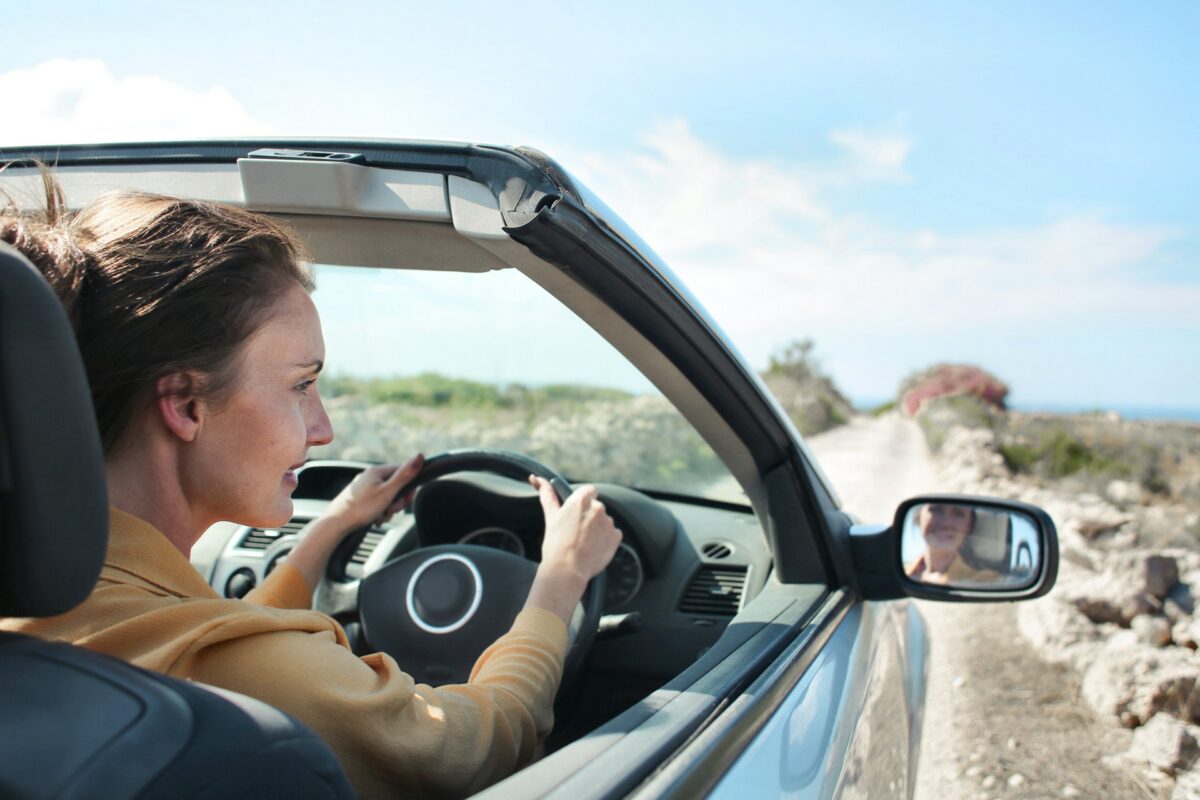Estimated reading time: 4 minutes
As drivers, we humans can make bad decisions and cause accidents. Consider how easy it is to drive while distracted. And we drive in a world full of perils — damaged and congested roads, flooded streets, fallen branches … the list is endless.
If you find yourself in an auto accident or if your car is damaged, regardless of the cause, a rock-solid auto insurance policy will minimize the resulting inconvenience and expense to you. Here are 13 tips for avoiding financial hardship after an auto accident.
13 auto insurance tips
- 1. Keep your auto insurer informed of your business moves
- 2. Don’t settle for minimum coverage
- 3. Stock up on liability limits and medical payments
- 4. Purchase uninsured and underinsured motorist coverage
- 5. Get an umbrella policy that adequately covers your auto insurance policy
- 6. Make sure your auto policy will pay for your alternative ride
- 7. Raise your collision and comprehensive deductibles to lower cost
- 8. Get an estimate on your car’s actual value
- 9. Always ask about insurer discounts
- 10. Choose an insurer that offers “telematics” or “usage-based insurance” technology
- 11. Keep your eyes on the road and avoid distracted driving
- 12. Use the tools on your phone to help you avoid the temptation to talk or text
- 13. Purchase the damage waiver if you rent a car
1. Keep your auto insurer informed of your business moves
Report any intended business use of your personal vehicle to avoid a potential denial of your claim.
2. Don’t settle for minimum coverage
Purchasing only the minimum amount of insurance as required by state law is dangerous and that minimum often will not be sufficient to pay the high costs of a lawsuit filed against you should you cause an accident that hurts someone or damages their property.
3. Stock up on liability limits and medical payments
Don’t forget that your financial security is considerably more important than your car, and you can protect it with liability and medical payments insurance. If you’re buying on a budget, consider raising your physical damage deductibles (if your lender allows) and putting the premium savings towards higher limits of liability, medical payments, and toward uninsured and underinsured motorist coverage.
4. Purchase uninsured and underinsured motorist coverage
Placing your financial fate in the hands of others is dangerous, especially when it comes to auto accidents. According to the Insurance Research Council, in 2015, 13% of drivers in the U.S. had no insurance at all.
5. Get an umbrella policy that adequately covers your auto insurance policy
Contact us to discuss options that may exponentially increase your liability insurance protection for minimal additional cost.
6. Make sure your auto policy will pay for your alternative ride
If your car is damaged in an accident and requires time in the shop, you’ll need an alternative ride. Make sure your policy will cover the cost to get you where you (still) need to go.
7. Raise your collision and comprehensive deductibles to lower cost
This one has been a tried and true cost savings tip since the dawning of auto insurance.
8. Get an estimate on your car’s actual value
Then, weigh the car’s value against the cost of your physical damage insurance. And if you can drop physical damage coverage to save some bucks, (once again) put the cost savings into higher limits of liability, medical payments, uninsured/underinsured motorist coverage and an umbrella policy.
9. Always ask about insurer discounts
Have excellent credit? Have a child who recently completed a safe-driving course? Can you purchase another type of insurance — such as homeowners insurance — possibly from the same insurer? Auto insurers often offer discounts for these and other factors.
10. Choose an insurer that offers “telematics” or “usage-based insurance” technology
It’s estimated that by 2020, 70% of all auto insurers will offer such app-based or device-based options that collect data on your driving habits and could save you money.
11. Keep your eyes on the road and avoid distracted driving
Would you drive with your eyes closed? Of course not. But typing that text or any other activity that distracts you is the equivalent of doing just that. According to enddd.org (“End Distracted Driving”), at least 15% of crashes are distraction-related and more than 58% of teen crashes are attributable to driver distraction.
12. Use the tools on your phone to help you avoid the temptation to talk or text
For example, your iPhone can be easily programmed to not disturb you while driving.
13. Purchase the damage waiver if you rent a car
The cost of the waiver makes it easy to say “no, thanks” to the guy at the counter, but not having it could wreck your finances if you wreck the rental. Contact us to learn more about possible limitations in your auto policy if your accident takes place in a rental car.
Follow these 13 tips, and you’ll be covered! If you’d like to review your current auto insurance coverage or get a free quote, contact Garden State Central Insurance Services here or at (609) 534-7194.

